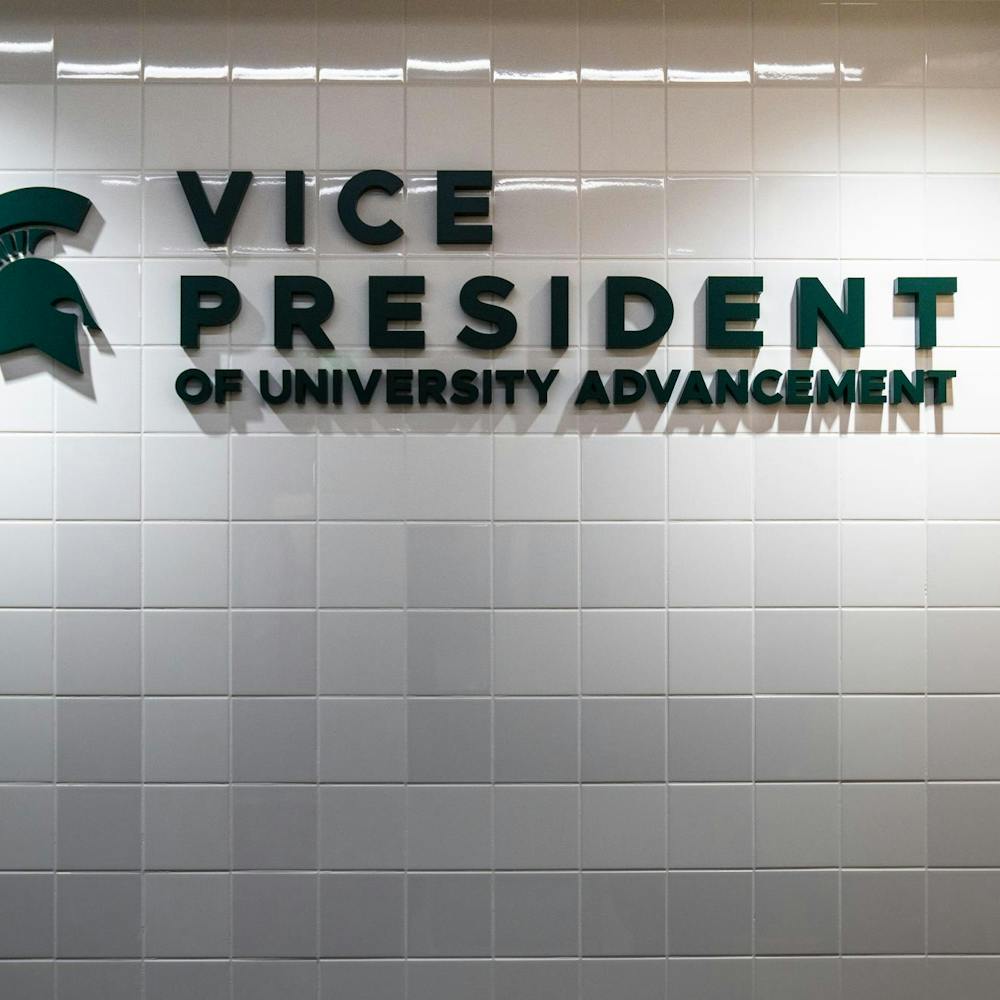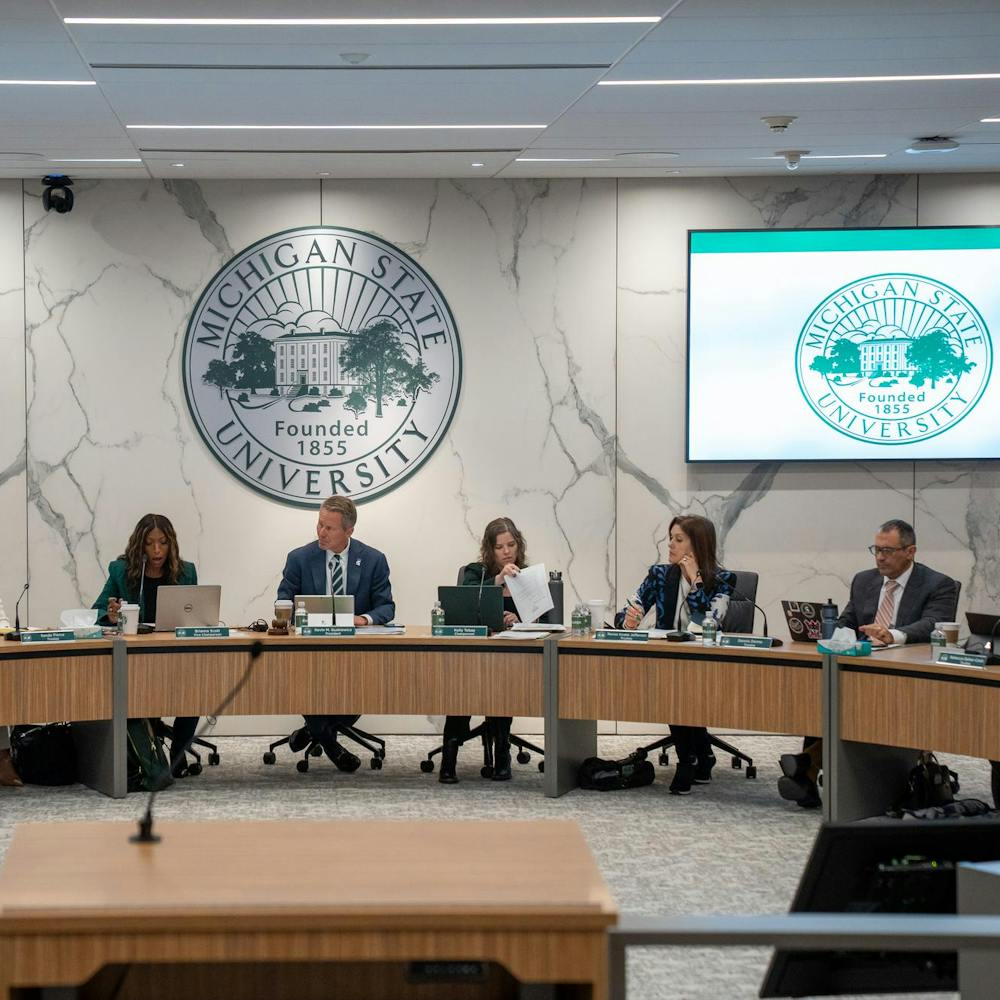MSU students might have a say in what becomes of many of the vacant properties littering the city of East Lansing’s downtown district.
About two weeks ago, MSU President Lou Anna K. Simon encouraged the School of Planning, Design and Construction to begin an academic exercise — as part of the Michigan Corridor Project — geared toward re-envisioning empty parts of the city’s downtown.
The Michigan Corridor Project is a collaborative revitalization project between members of the cities of East Lansing, Lansing, Lansing Township and MSU.
These areas include the land from Hagadorn Road, down Grand River Avenue and Michigan Avenue, all the way to U.S. Route 127.
Faculty members and students have been encouraged to dream up new ideas for how these redeveloped spots could appeal to students, community members and young-working professionals.
Although this project still is in its information-gathering phase with no set plans for development, it presents enormous potential for the future of East Lansing and MSU students.
Unity is a not a word often used when describing the feelings some community members have about the direction of the city, but allowing students to have an active voice in its development could be a positive step toward satisfying both sides’ needs.
Designing a city that adheres to short-term students and long-term community members has been a longtime goal of the city and MSU. But the two sides haven’t always seen eye to eye.
Simon has been a strong proponent of developing new areas in East Lansing structured around the needs of young professionals. She argues these additions would give students a more dynamic sense of place within their community.
The idea of staying in accordance with the community also has been a vision expressed by certain city officials.
East Lansing City Manager George Lahanas has maintained that the city often is challenged with a balancing act of serving all of its communities, and changes or developments can’t address just one group.
But furthering along this project potentially could eliminate two major concerns for East Lansing.
By allowing students to have a say in the development of these areas, currently-vacant areas downtown — such as the former City Center II property and the Red Cedar Golf Course — could become new spots that attract young professionals.
The new businesses, housing centers and outdoor public spaces that might be developed from this program could add a new cultural identity to an area of the city that hasn’t been utilized.
The difference of opinion that occasionally exists between the university and city doesn’t reflect a sense of negligence from either party, but rather a dedication each has in satisfying their closer demographic.
But continued collaboration from both sides is needed in order to create the type of community both sides envision.
By letting students and faculty work alongside city officials to redesign these vacant areas, East Lansing can continue to grow into a place that satisfies its many distinct communities and enhance the appeal of its entire downtown.
Support student media!
Please consider donating to The State News and help fund the future of journalism.
Discussion
Share and discuss “Chance to have say in downtown promising” on social media.






